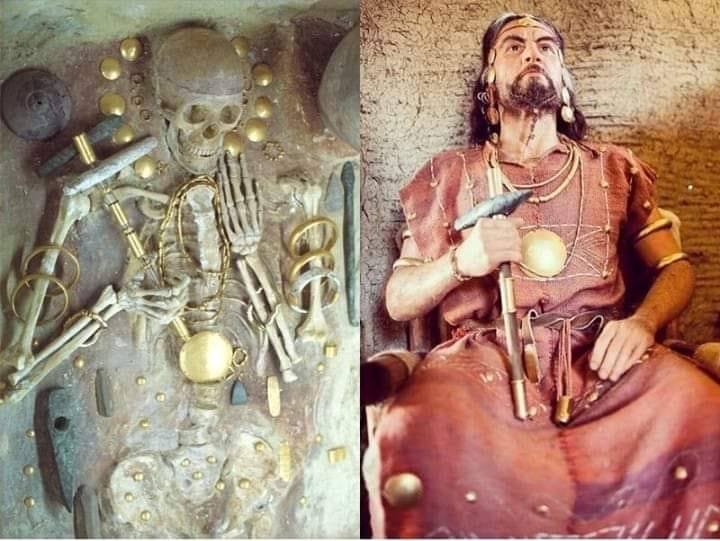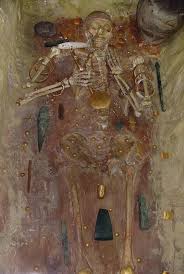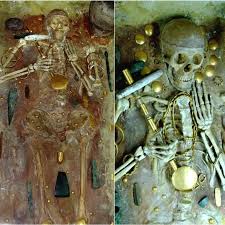The Oldest Gold of Mankind: Unearthed in Bulgaria’s Varna Necropolis

Along the windswept shores of Bulgaria’s Black Sea coast lies the Varna Necropolis—a burial site that has stunned archaeologists and historians alike. This extraordinary site, dating back to the Copper Age, holds secrets that challenge our understanding of early civilization and the social dynamics of ancient societies. Beneath layers of ancient earth, researchers uncovered the oldest worked gold in human history, dating between 4,600 and 4,200 BC.

The Varna Necropolis is not just a cemetery; it is a treasure trove of over 3,000 golden artifacts found across nearly 300 graves. These discoveries reveal a society far more sophisticated than previously imagined, indicating advanced metallurgical techniques and a complex social structure. The sheer quantity and quality of the gold artifacts suggest a civilization that valued wealth, power, and artistry, challenging long-held beliefs about the evolution of human societies.
Among the numerous graves, one stands above all—Grave 43, believed to belong to a powerful ruler or high priest. This grave contained more gold than existed anywhere else on Earth at that time, including intricately crafted jewelry, ceremonial items, and tools. The wealth found in this grave implies not only a high status but also a society organized in a way that prioritized elite power and religious significance. The treasures buried alongside this individual hint at a belief system that intertwined power, status, and spirituality, showcasing the cultural values of the time.

What makes the Varna Necropolis particularly remarkable is that these treasures were created long before the construction of the pyramids of Egypt or the rise of the cities of Mesopotamia. This challenges the timeline of human advancement and prompts a reevaluation of the interconnectedness of ancient civilizations. The sophistication of the artifacts found suggests that the people of Varna were not isolated but rather part of a broader network of trade and cultural exchange across Europe and Asia.
The Varna Necropolis doesn’t just hold riches; it guards the glittering origins of human power, status, and spiritual belief. It serves as a reminder that our understanding of early human civilization is still evolving, and that the roots of social hierarchy and cultural complexity may stretch back further than we ever realized.

In conclusion, the discovery of the oldest gold in mankind’s history at the Varna Necropolis is a monumental achievement in archaeology. It invites us to explore the depths of our past and reconsider the narratives that shape our understanding of human history. As we delve into the mysteries of this ancient site, we uncover not only the treasures of the past but also the profound stories of the people who once walked this earth











